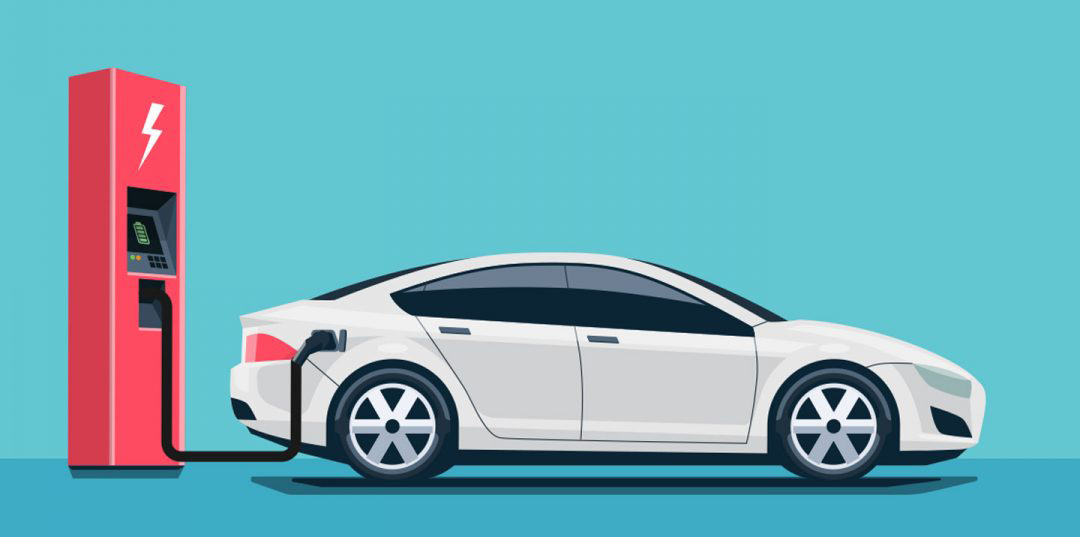
Solution
A complete solution for CCS control with Application Software, and OpenECU Hardware and Software Platform to meet industry standards.
Application Software
Dana provides application source code as Simulink® models implementing IEC 61851-1, DIN 70121, SAE J2847, SAE J1772 and ISO 15118 for Combined Charging Systems (CCS) that integrates seamlessly with the OpenECU platform.
OpenECU Hardware & Software Platform
OpenECU M560 and M580 hardware is compatible with CCS Simulink® Application Software. These OpenECU products can directly Interface with an EVSE and are compatible with the HomePlug Green PHY specifications. The M560 and M580 are equipped with a Powerline Communication (PLC) chipset to support communication between the EV and EVSE over the Control Pilot signal wire.
With the M560 or M580 Supervisory Control and CCS customers get an integrated module with Vehicle Control Unit (VCU) and Charge Management Unit (CMU) in one module i.e. two ECUs in a single controller.
Charging Overview

Electric vehicles (EVs), such as battery electric vehicles or plugin hybrid electric vehicles, are expected to take over a major part of the transportation sector. As a result, the demand for charging infrastructure with supported Electric Vehicle Supply Equipment (EVSE), also known as Charging Stations, is growing. EVs have different charging requirements, e.g. in terms of charging power, charging time, or AC/DC charging. Several standards have been published to provide a standardized process for the EV-EVSE interface and the charging process requirements. However, interoperability between different suppliers of EV and EVSE should still be handled.
Charging Standards
IEC 61851-1 is among the first standards that was published to define the general charging requirements of an EV. IEC 61851-1 defines 4 modes of charging where mode 2 requires the Pilot Pulse Width Modulation (PWM) signal as a means of communication between EV and an offboard charger. IEC 61851-1 defines mode 4 for Direct Current (DC) charging and allows High Level Communication (HLC) over the pilot signal for managing a DC charging session which is addressed in IEC 61851-23
SAE J1772 is published by the Society of Automotive Engineering (SAE) to regulate different types of charging sessions. SAE has adopted the HLC protocol of DIN SPEC 70121 for DC charging and Pilot PWM signal of IEC 61851-1 for AC charging. SAE J1772 addresses the requirements for handling an Alternating Current (AC) charge using the PWM waveform of the control pilot signal in the EV-EVSE interface. In addition, SAE J1772 and SAE J2847-2 describe the timing and sequence
of Vehicle-To-Grid (V2G) messages based on DIN SPEC 70121.
DIN SPEC 70121 is based on IEC 61851-23 and an unpublished version of ISO 15118 to regulate the HLC over Pilot signal between EV and EVSE in a DC charging session. By the time DIN 70121 was published, both North America and European regions had already adopted PLC, as outlined in HomePlug Green PHY specifications, for the physical and datalink layer of HLC.
ISO 15118 is a comprehensive standard and is concerned with the security of HLC for both AC and DC charging sessions. ISO 15118 introduces two types of identification methods for charging: External Identification Mode (EIM) and Plug and Charge (PnC) mode. EIM is similar to DIN SPEC 70121 or SAE J2847 where the driver needs to manually use a credit card or an identification method before the charging process begins. However, in PnC mode, all required information for identification and billing are automatically exchanged via HLC between the EV and EVSE. In addition, unlike DIN SPEC 70121, ISO 15118 allows scheduling of the charging process based on the grid capacity and energy cost.
Knowledge Center
What is Power Line Communication?
Method of modulating data onto electric wires or power line to be used for communication. PLC replaces the need for dedicated communication lines. M560 and M580 use a proven PLC chipset for performance and energy efficiency.
What is Plug n Charge?
Plug n Charge is a convenient and secure way to charge EVs described in ISO 15118 With PnC, a user plugs and charges the EV replacing external identification means. i.e. the EV and EVSE will communicate securely for identification and process payment
What is HomePlug Green PHY® ?
Developed by the HomePlug® Power Alliance with industry collaboration from utility industry and automobile manufactures. HomePlug Green PHY® specifies Power Line Communication for use in the smart grid.
More Information
Related Products
Electric & Hybrid Control StrategiesOpenECU M560OpenECU M580
